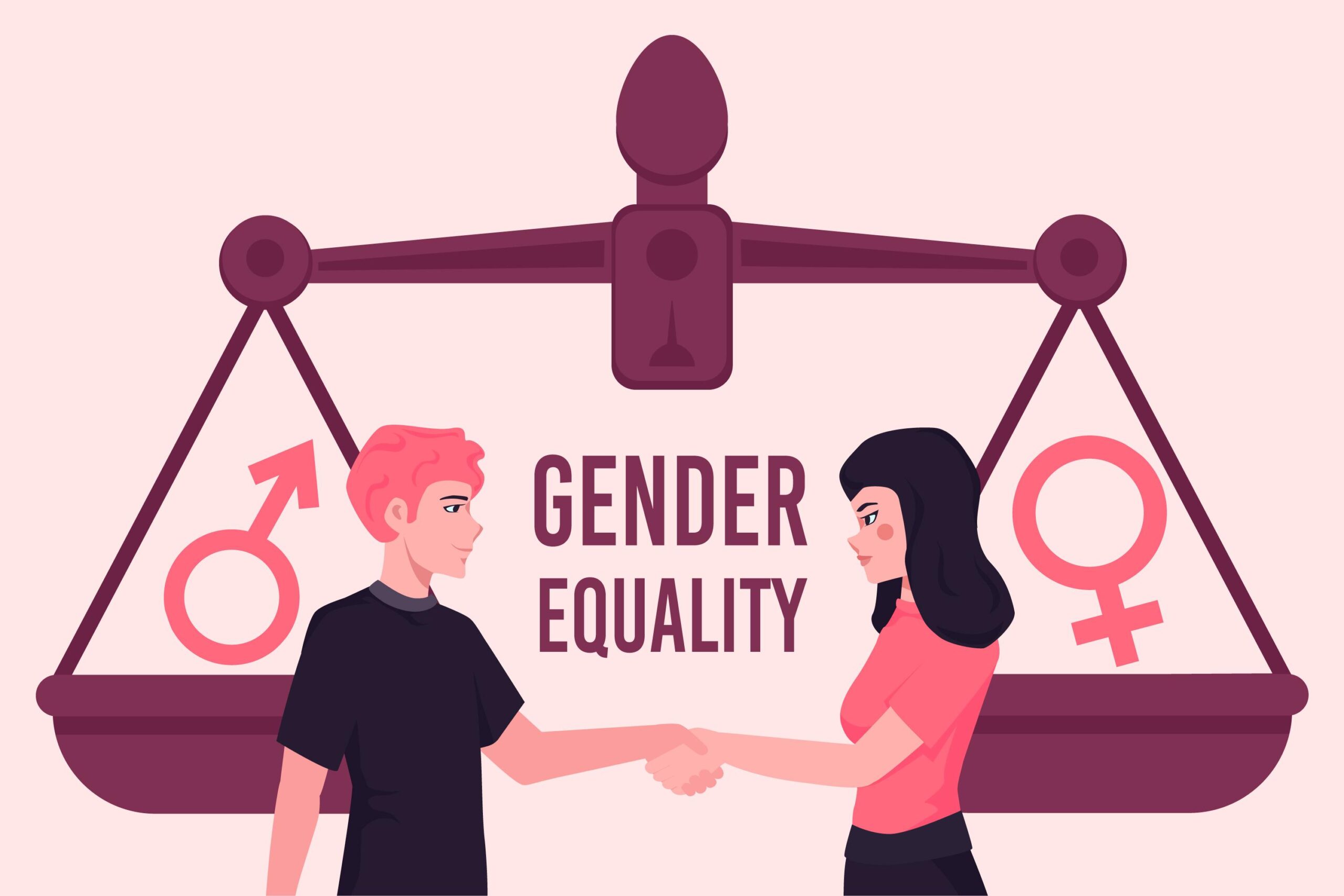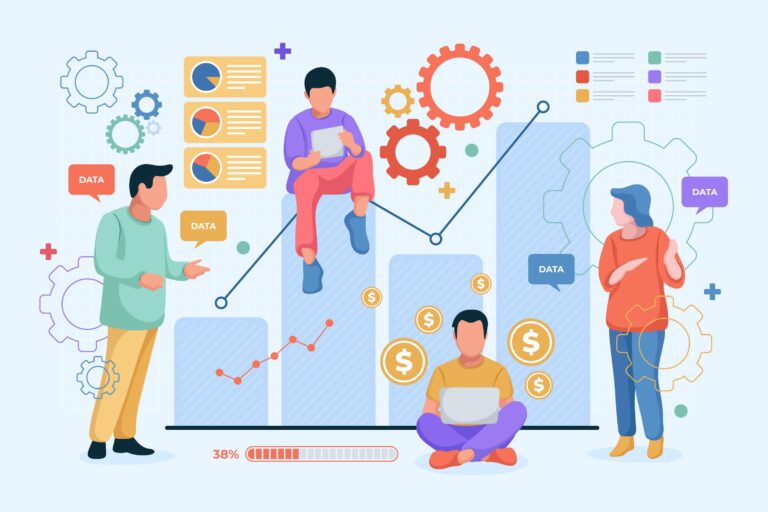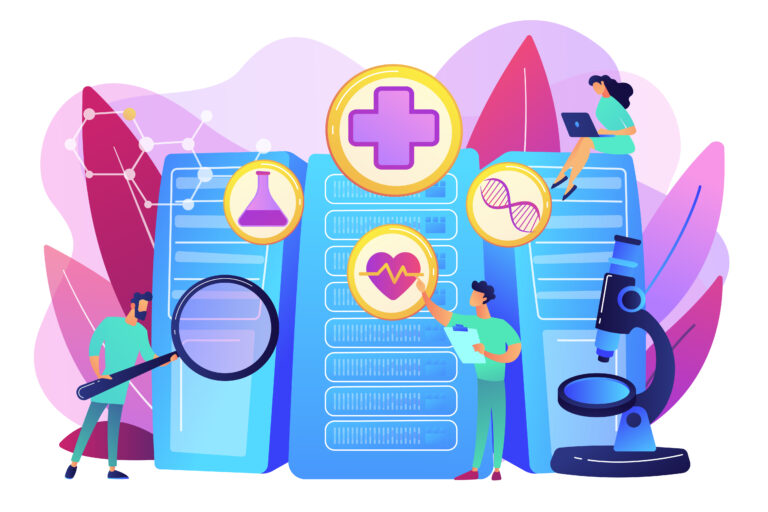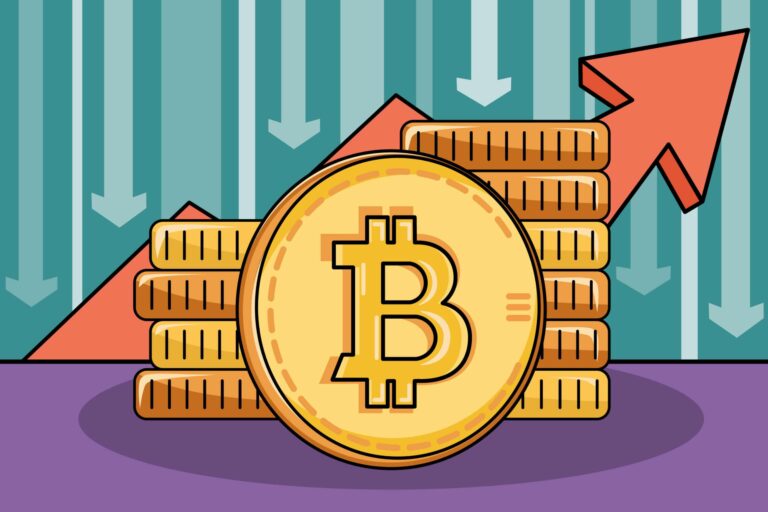Gender, Race, and Inequality | Understanding the Intersection of Gender, Race, and Inequality: Key Issues and Solutions
Introduction
In the 21st century, the issues of gender, race, and inequality remain critical global challenges. These issues intersect in complex ways, influencing various aspects of society, including domestic violence, discrimination, identity economics, wealth inequality, and affirmative action policies. This blog explores these intersections, offering insights into the underlying causes and potential solutions to foster a more equitable world.
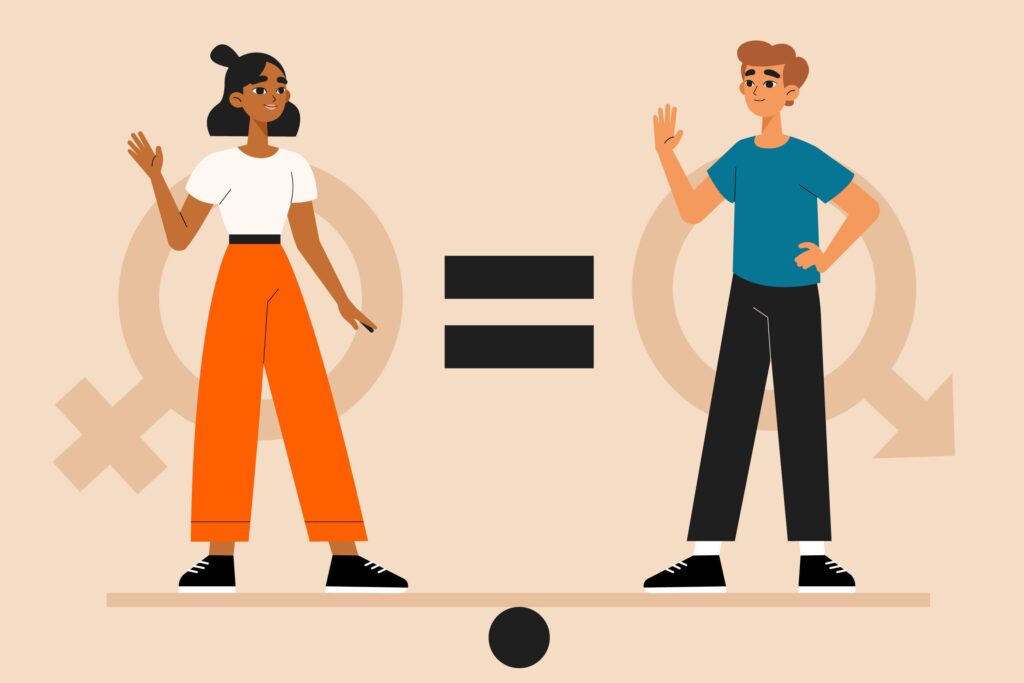
Domestic Violence: A Gendered and Racialized Issue
Domestic violence disproportionately affects women and marginalized racial groups. According to the World Health Organization, 1 in 3 women globally have experienced physical or sexual violence in their lifetime, often at the hands of an intimate partner. Minority women, particularly those from Black, Indigenous, and other communities of color, face even higher rates of domestic violence due to the compounded effects of racial discrimination, economic insecurity, and social isolation.
Discrimination and Wellbeing: The Hidden Costs
Discrimination based on gender and race severely impacts individual wellbeing. Studies show that victims of discrimination experience higher levels of stress, anxiety, and depression. Moreover, the chronic stress from facing systemic discrimination can lead to long-term health problems, such as cardiovascular disease and hypertension. The economic costs are also significant, with discrimination leading to reduced job opportunities, lower wages, and diminished career growth, perpetuating cycles of poverty and inequality.
Identity Economics: Gender, Ethnicity, and Inequality
Identity economics explores how individual and group identities, such as gender and ethnicity, influence economic outcomes. Traditional economic models often overlook these factors, focusing instead on rational decision-making and market forces. However, identity economics recognizes that social norms, stereotypes, and biases profoundly shape economic behavior and opportunities. For instance, women and ethnic minorities often face barriers to accessing education and employment, leading to lower lifetime earnings and contributing to broader patterns of inequality.
Wealth Inequality and the Racial Wealth Gap
Wealth inequality is a significant driver of racial disparities. The racial wealth gap in many countries is stark, with white families typically holding several times the wealth of Black and Latino families. This gap is rooted in historical and systemic factors, such as discriminatory housing policies, unequal access to education, and labor market discrimination. The lack of wealth accumulation among minority groups limits their economic mobility and perpetuates intergenerational poverty.
Affirmative Action Policies: A Tool for Redressing Inequality
Affirmative action policies aim to address systemic inequalities by providing opportunities to historically marginalized groups. These policies, which often focus on education and employment, are designed to level the playing field by ensuring that women and racial minorities have equitable access to opportunities. While controversial, research shows that affirmative action can help reduce disparities and promote diversity, leading to more inclusive and innovative organizations.
Conclusion: Moving Towards Equity
Addressing the intersection of gender, race, and inequality requires comprehensive strategies that acknowledge and tackle these issues’ complex and interconnected nature. This includes implementing policies that promote economic equity, combating discrimination in all its forms, and supporting affirmative action initiatives. By understanding and addressing these challenges, we can move closer to a society where everyone has an equal opportunity to thrive.
References
- World Health Organization. (2021). “Violence against women prevalence estimates, 2018.” Available at: WHO Violence Against Women
- Harvard T.H. Chan School of Public Health. (2020). “Discrimination in America: Experiences and Views of African Americans.” Available at: Harvard Discrimination Report
- Akerlof, G. A., & Kranton, R. E. (2000). “Economics and Identity.” The Quarterly Journal of Economics, 115(3), 715-753. Available at: Economics and Identity
- McIntosh, K., Moss, E., Nunn, R., & Shambaugh, J. (2020). “Examining the Black-white wealth gap.” Brookings Institution. Available at: Brookings Wealth Gap
- Bowen, W. G., & Bok, D. (1998). “The Shape of the River: Long-Term Consequences of Considering Race in College and University Admissions.” Princeton University Press. Available at: Shape of the River
